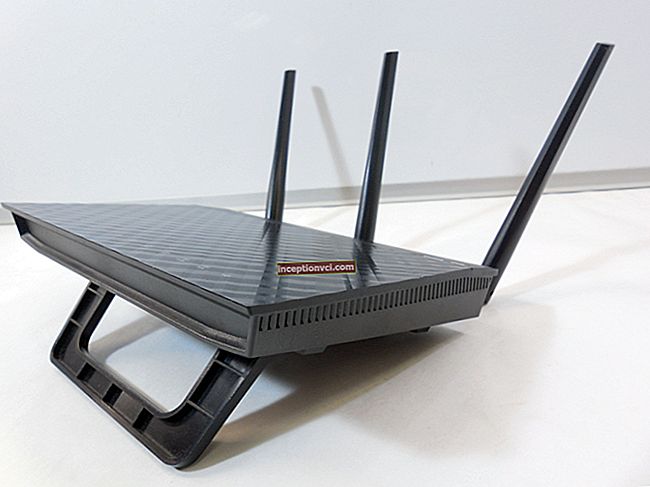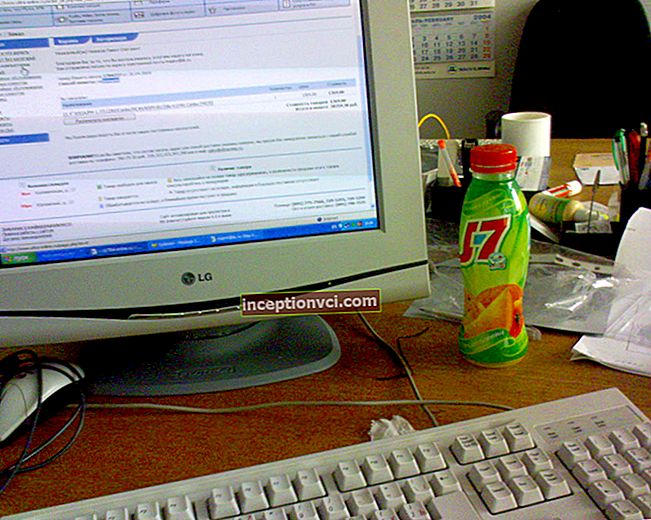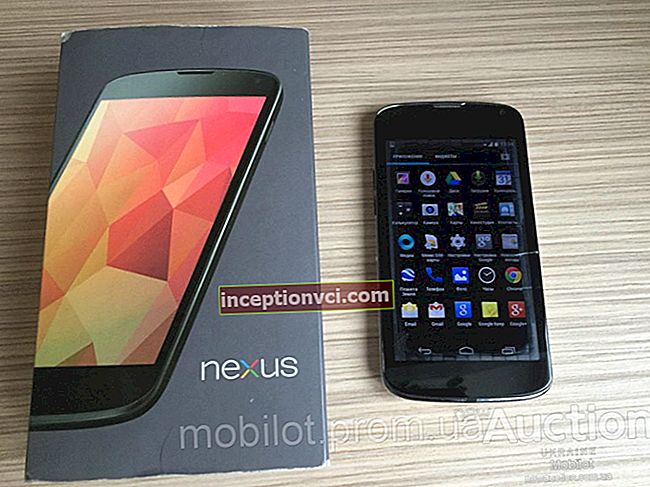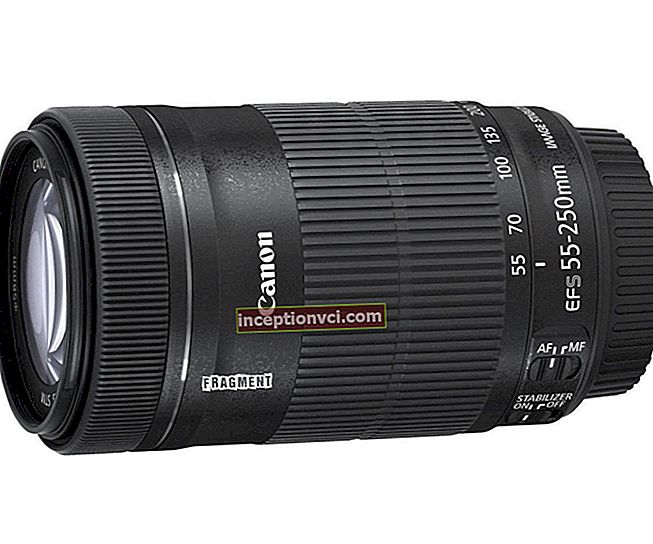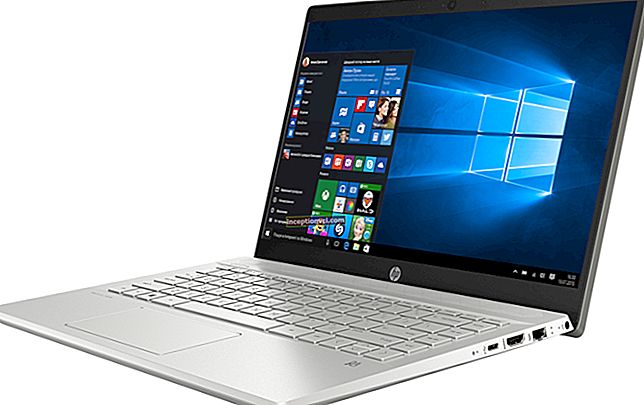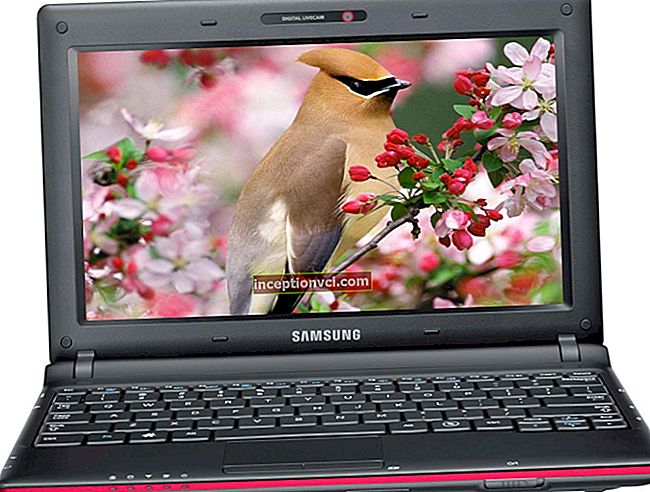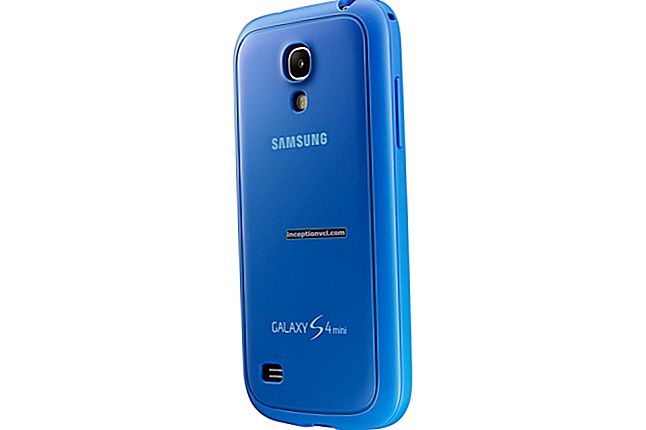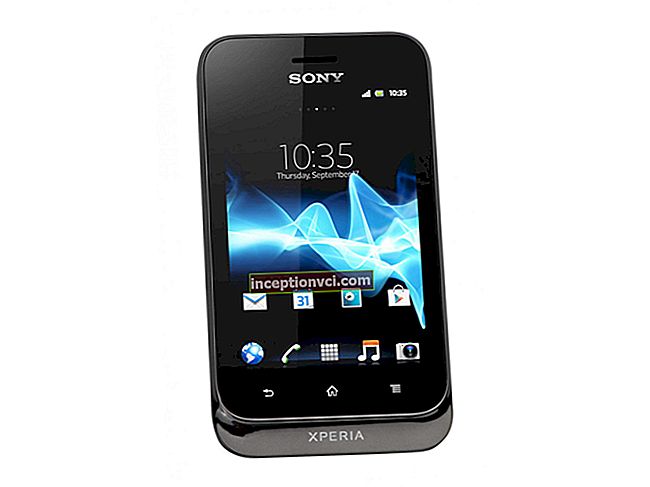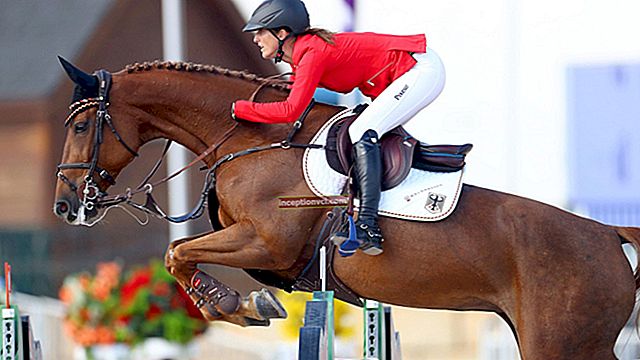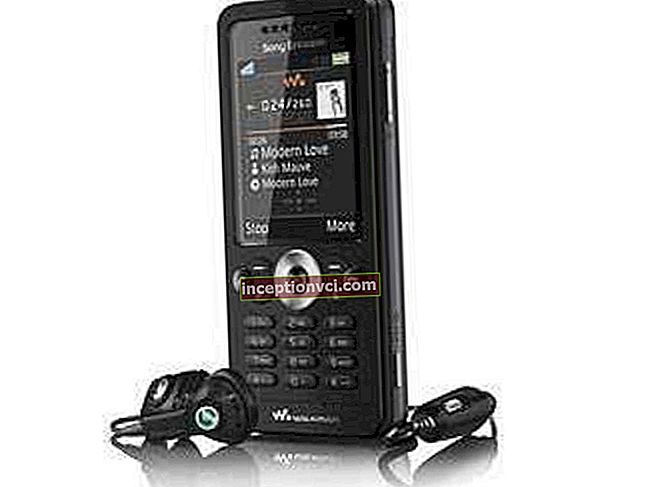The best cameras for shooting video
HD video recording has become a standard option for modern digital cameras. I checked to see if they can compete with good camcorders.
Video filming has become a public hobby: videos with a total duration of 24 hours are uploaded to the Internet every minute. Anyone who enjoys showing off a well-spent vacation or showing off a family celebration will also find that the video looks better than any slideshow.
You can shoot videos, which can then be watched even on a high-definition television panel, with any modern camera. High quality and a wide range of creative possibilities have made digital "SLRs" the favorite tool for ambitious video enthusiasts.
To test the cameras for the features of recording clips, I chose ten models of different classes and compared them with the best camcorder I have tested to date - the Panasonic HDC-SDT750. Due to the fact that the test methods for compact cameras and DSLRs (as well as system cameras) are not comparable, I have divided our summary table into two corresponding subsections. The results and ratings contained therein cannot be directly compared, with the exception of the video quality. This indicator was checked for all models under the same conditions.

Shooting clear videos
The most important parameter of the day a bright and vivid picture is displayed on a TV screen is the resolution of the video recorder. In this case, the lens must create a sharp and contrasting image, which will be converted into dots by the matrix. I measured the resolution by the number of line pairs that the camera is able to distinguish across the entire height of the frame.
The classic camcorder has demonstrated more than 30% better resolution in testing than the most outstanding digital cameras. This is possible due to the presence of three matrices in it. Cameras were originally designed for high-quality still images, and this is possible only if they have one sensor. Their additional advantage is the large size of the matrix, as, for example, in system or mirror models. However, even the small sensors of compact cameras are quite capable of creating an image with Full HD resolution, which is proved in practice by the Samsung WB2000 and Panasonic FZ100 models.


The importance of minimizing data loss when recording video data to a memory card can be seen on the example of the Nikon D5000 SLR camera. Its matrix has a large physical size, however, video clips are saved in the currently ineffective MJPEG format, and the recording bitrate is low. Because of this, the quality of the video picture is greatly deteriorated. The same obsolete recording format is also used in the Casio Exilim EX-H15 and Fujifilm F80EXR.



Anti-noise measures
In order for the image on the TV screen to be of high quality, the camera must not only capture the maximum possible number of details, but also reproduce them with a minimum level of interference. The latter appear when reading information from a sensor, which always adds a certain amount of parasitic signals to useful signals. The lower the illumination of the filmed scene, the more the electronics are forced to amplify the useful signals, and with them the noise. Due to the fact that small matrices capture little light, they are "noisy" more than large ones. Camcorders demonstrate a “golden mean” in terms of noise level, since their sensors are also not very large.
The most noticeable level of noise in low light is demonstrated by the Panasonic FZ100, as well as both representatives of the compact camera class - the Samsung WB2000 and the Fujifilm F80: test videos taken in twilight turned out to be so dark that you can hardly make out anything on them. The Panasonic G2 system model proves that shooting results in the same conditions can be incomparably better. This camera combines a large sensor size with moderate noise reduction.

Using depth of field creatively
The ability to beautifully beat the background blur is an important advantage of system and DSLR cameras over video and compact cameras. Thanks to their large image sensor, they produce an impressive, almost Hollywood-like effect, in which the foreground and background are effectively blurred, while the main subject remains in focus. The purposeful use of this technique requires a lot of training, and for the best results it is necessary to use a stable tripod. Camcorders and "soap dishes" practically do not allow to get the background blur effect.
Convenient shooting: camcorder out of competition
When creating videos, a classic camcorder benefits significantly in terms of ergonomics. It is easy to hold it even in an outstretched hand (but when photographing, the brush is at an angle, which is very tiring and leads to trembling of the hands and the appearance of an out-of-focus image). In addition, all the electronic and mechanical stuffing is focused on the conditions of video shooting: the zoom motor works smoothly, smoothly bringing the subject closer and away. Autofocus and white balance have a certain inertia and do not allow abrupt changes in the image. The sound of the working autofocus and zoom motors is almost inaudible when demonstrating video.
Cameras, on the other hand, are designed in such a way as to ensure that the photographer can work quickly. The zoom motor is powerful, makes a lot of buzz and does not work as accurately as in a camcorder (for example, the Fujifilm FinePix F80EXR model, in which autofocus, when it zooms into the subject, starts frantically looking for the best value). When panning, the white balance may change abruptly. This feature was especially noticeable during testing on the Samsung WB2000.
When filming with manual zoom cameras (that is, SLR and system models), a lot of training is required to achieve a more or less smooth collision. Another advantage of camcorders is that all basic controls are easily accessible. But when shooting with a camera, you have to make a lot of unnecessary movements (for example, transfer your finger from the zoom lever to a separate video recording stop button), which, again, leads to image jitter. In my opinion, the Panasonic Lumix DMC-FZ100 camera came as close as possible to camcorders in terms of ease of operation in video mode. Its electronic part is most adapted for the mode of recording clips and allows you to smoothly zoom in on the subject, while autofocus behaves calmly.
Output
A camcorder is still the best choice for shooting videos, which guarantees ease of use, and the system of three sensors provides maximum resolution. But cameras such as the test winner Panasonic G2 have made significant improvements in this regard and offer excellent movie quality. The fact that inexpensive models can also shoot good videos is proved by my "best choice" - Nikon P100.

Shooting with Hollywood quality
DSLRs and system cameras allow you to use depth of field creatively.
When shooting Hollywood blockbusters with multi-million dollar budgets, in addition to the operator, a special assistant is involved - the focus puller, whose task is only to accurately focus the camera on pre-set points. In amateur photography, playing with depth of field is possible when using system and SLR cameras, since they have large enough matrices.
OPEN IRIS:
To blur the distracting foreground or background of the viewer, open the aperture as low as possible (for example, 2.8-4.5), and set the middle or maximum focal length. For SLR cameras with an APS-C format sensor, this value should be at least 50 mm. Of course, adjusting the sharpness of the picture on the camera display is not easy. Smooth zooming in or out of the camera with a fixed focus value will help you - in this case, the depth of field beautifully "walks" around the frame.
Video filming with a camera
When recording clips with your camera, I advise you to pay attention to the following guidelines.
EXTERNAL MICROPHONE
Autofocus, stabilization and zoom systems are equipped with miniature motors. The noises they make are recorded by the microphone and can completely ruin the audio track. If you don't want to give up using these systems when shooting movies, connect an external microphone.
FAST AND CAPACITIVE MEMORY CARD
For recording videos, it is better to choose a drive with a capacity of at least 8 GB. Please note that its speed class is at least “4” (32 Mbps) if your camera records Full HD video with a low compression ratio. To be sure to avoid jerks, I advise you to stick with a class 6 card with a write speed of 48 Mbps.
TURN OFF AUTOMATION
When shooting movies, I recommend choosing the manual mode for sensitivity, aperture and white balance, especially if the scene involves strong color or light contrasts. If autofocus does not work well in a frequently changing environment, zoom to wide, set a small aperture (8 or 11) and focus at 2m for an acceptable depth of field.
Camera optics often provide a wider angle than camcorders, and this is worth using when shooting action scenes. In addition, DSLRs and system models let you play creatively with sharpness by setting long focal lengths at full aperture.
USE A STAND
DSLR cameras fit well in the hands when shooting video, and their solid weight provides not such a strong picture shake. However, in most cases it is best to use a tripod or sturdy stand. This is especially true for video recording with increased focal length or shallow depth of field.
